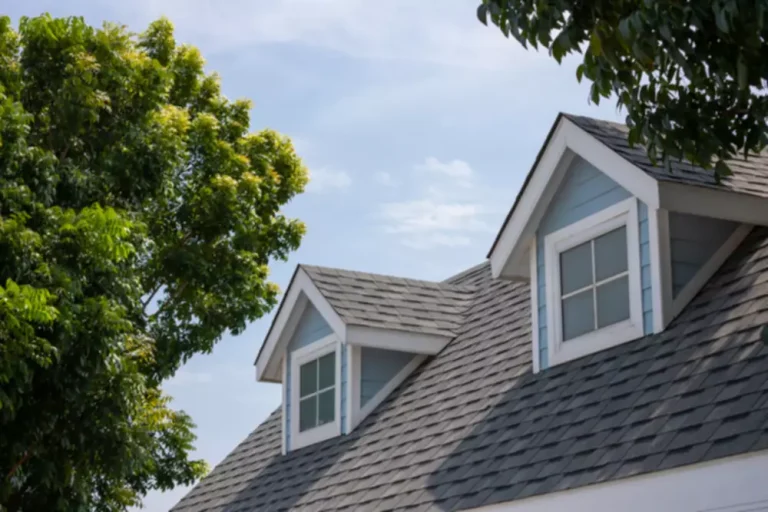
A new house member must be interviewed by current residents and must receive an 80 percent vote of approval to be accepted. Many sober living homes also require residents to pay weekly rent following a one-time move-in fee, according to Robilio. Halfway houses fall under the umbrella term “sober living home,” as both terms refer to residences where people in recovery stay before going back to living on their own, says Dr. Kennedy. Read on to learn more about sober living houses, including how they function, whether one may be right for you or a loved one and how to find a reputable facility in your area. They first came into existence when a group of active participants in the Alcoholics Anonymous group created a “12-step” residence.
- Aside from expectations connected to recovery, sober living homes have rules that apply to any shared residential space.
- Jordan, Dawkins and Williams are charged with conspiracy to commit health care fraud, and Jordan is charged with health care fraud.
- A small association fee is often required to maintain membership in the affiliate’s network.
- But it wasn’t until the 20th century that they became the structured, supportive homes we see today.
- Once you leave the structured environment of an inpatient rehab, jumping back into your old life can be challenging.
- Only then could funding flow to Housing First-based places, which McSpadden’s letter criticized.
Find Free Recovery Group Meetings Near You
- By continuing your recovery process at a sober living home, you’ll surround yourself with peers committed to sobriety and embracing sober living.
- Substance abuse can affect all aspects of a person’s life, including how they function in their family, work, and community.
- Unlike the unpredictable environments you might find outside, these homes establish a routine and rules that foster a safe space for recovery.
- Other on-site services include meetings, support groups, and life skill training.
Women-only houses tend to focus on providing mental health support for their residents. Your health and wellness is unique to you, and the products and services we review may not be right for your circumstances. Sober living homes in the U.S. aren’t covered by insurance and are often paid for out of pocket. Payment plans, scholarships, grants and government-funded programs may be available for residents facing financial hardship. Organizations that offer SLH scholarships include CLEAN Cause Foundation and Ben Meyer Recovery Foundation, per Dr. Kennedy and Clark. They often employ what are called peer support specialists to help residents.
Help support our mission • DONATE NOW

The goal of many halfway houses is to reduce recidivism among felons using supervision. However, some halfway houses are designed to reduce drug relapse rates for high-risk individuals leaving incarceration. In sober living homes, you’re not just renting a room; you’re investing in your future. The safe and supportive environment acts as a buffer against relapse, providing the resources and support needed to sustain long-term sobriety. This nurturing atmosphere is crucial during the delicate transition from treatment to the real world, ensuring you have the tools and support to navigate your new sober life successfully.

Disturbing Behavior In SF Homes for Formerly Homeless Spurs Calls For Higher Level of Care

Violent crime rates are the lowest in decades, but drug overdose deaths hit a record 810 in 2023, with this year just slightly off that pace so far. We do not receive any fee or commission dependent upon which treatment or provider a caller chooses. You can ask questions about our program, the admissions process, and more. You can enjoy healthy meals in the evening, followed by group therapy sessions. Nighttime is often reserved for free time when you can call loved ones, read books, or watch television.
- The facility is also referred to as Serenity Keeper’s in the court record.
- Sober living houses allow residents to live together in a drug and alcohol-free space.
- Some sober homes do not require residents to pay utility bills, but utilities may be rationed to avoid waste.
- The risk of relapse when someone leaves addiction treatment is particularly concerning.
WHAT IS IT LIKE TO LIVE IN A SOBER LIVING HOME?
These homes offer routines, rules, and support from others on the same path, helping residents move from treatment to independent life. Sober living houses are usually peer-run facilities encouraging continued substance use disorder recovery. Occasionally they are run by a charity or an addiction treatment center as a less structured and more informal version of the inpatient treatment plans they offer. Sober living houses allow residents to live together in a drug and alcohol-free space. Residents pay rent to live there at a value similar to renting privately in the local area. As individuals pay rent and expenses, there is generally no time limit on how long they can stay.
One study into Oxford House recovery homes found that they reduce relapse by providing closer monitoring and referring additional services to residents with a history of severe addiction. People who live in sober homes report that they are non-judgmental and safe spaces where they can focus on their continued recovery. As the others in the house are in the same situation, they can be authentic without having to explain their addiction or recovery needs. By encouraging a sense of community and togetherness, recovering people are motivated to bond with others, support each other, and continue sobriety to retain their place in the house. Sober living homes and halfway houses are both types of residential environments designed to support those in recovery from addiction. While there are similarities between these two types of community, there are also important differences to consider.
Red Flag: Employs Untrained or Uncertified Staff
This model influenced different versions of residential inpatient facilities that can be found today. Since the sober living home industry has been undergoing many changes, many people may not be aware of the options, and it can be difficult to find a quality sober living home if you don’t know where to look. We created this guide to explain the options for sober living homes, and to help you decide if they are right for you. Additionally, we will provide resources to help locate a certified recovery residence near you. While living in a sober home, you will have access to various resources and support. These may include counseling services, support groups, and educational programs.
Who Should Consider A Sober Living Home?
There is a continuum of care in substance abuse treatment that includes sober living. Anyone who is being discharged successfully from an inpatient rehab setting should consider transitioning to a sober living home. Someone living in a halfway house is under the supervision of probation or parole. Sober living homes provide safe, sober environments to help people in recovery transition back into their community using their recovery skills. The daily schedule at sober living homes is heavily influenced by the residents’ current stage of recovery. Some homes are highly structured, with strict schedules and consistent eating and meeting times.
Is a Sober Living Home Right for You?
Former NYPD officer John Silverman talks about his past substance use and sober house his journey of recovery. Calls to numbers marked with (I) symbols will be answered or returned by one of the treatment providers listed in our Terms and Conditions, each of which is a paid advertiser. Strict enforcement of these rules ensures a stable environment where you can focus on your recovery without external pressures or temptations. We do not receive any commission or fee that is dependent upon which treatment provider a caller chooses.